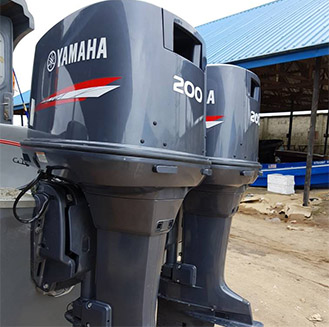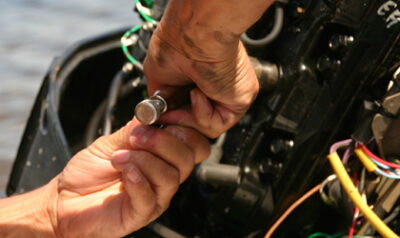ways to sail on waves…
Sculling the Waves While cruising over huge waves the smoothest and quickest course is definitely not a straight line, you really want to scull the waves, cruising in even more a flat course. The most secure method for traveling huge oceans is by quartering them, cruising upwind or running off on an expansive reach with the boat at a point to the waves. This will limit the rolling and lessens the opportunity of your sail being backwinded. Cruising upwind – attempt to squeeze the boat to climate as it moves toward a wave peak, then bear away as you sail down the rear of the wave into the box. At the point when you are cruising off the breeze, then bear away from the wave peak as it moves toward your harsh, then, at that point, head up once the peak has passed you. Utilizing these procedures empowers you to control speed well, and sets the boat in the best situation to acquire the power required as you head into the box, as opposed to flying over the peaks and banging into the box! Body Position – Vital to find a place that is agreeable to you, where you can clutch the wheel or turner, yet as yet feeling the development of the boat underneath you. The movement of the boat can decide the course that you assume control over the waves and as you become more drilled at the workmanship, you will feel intuitively the best strategy. Utilize your eyes and ears In sunlight it is far simpler to see moving toward waves and change your course, but at evening you should pay attention to the example of the waves. Practice, practice, practice… The more you assume command over the boat in greater oceans, and the more drawn out sections you do, the more certain and talented you will become at detecting the waves and movements. So pull out all the stops… it tends to be an invigorating encounter!




